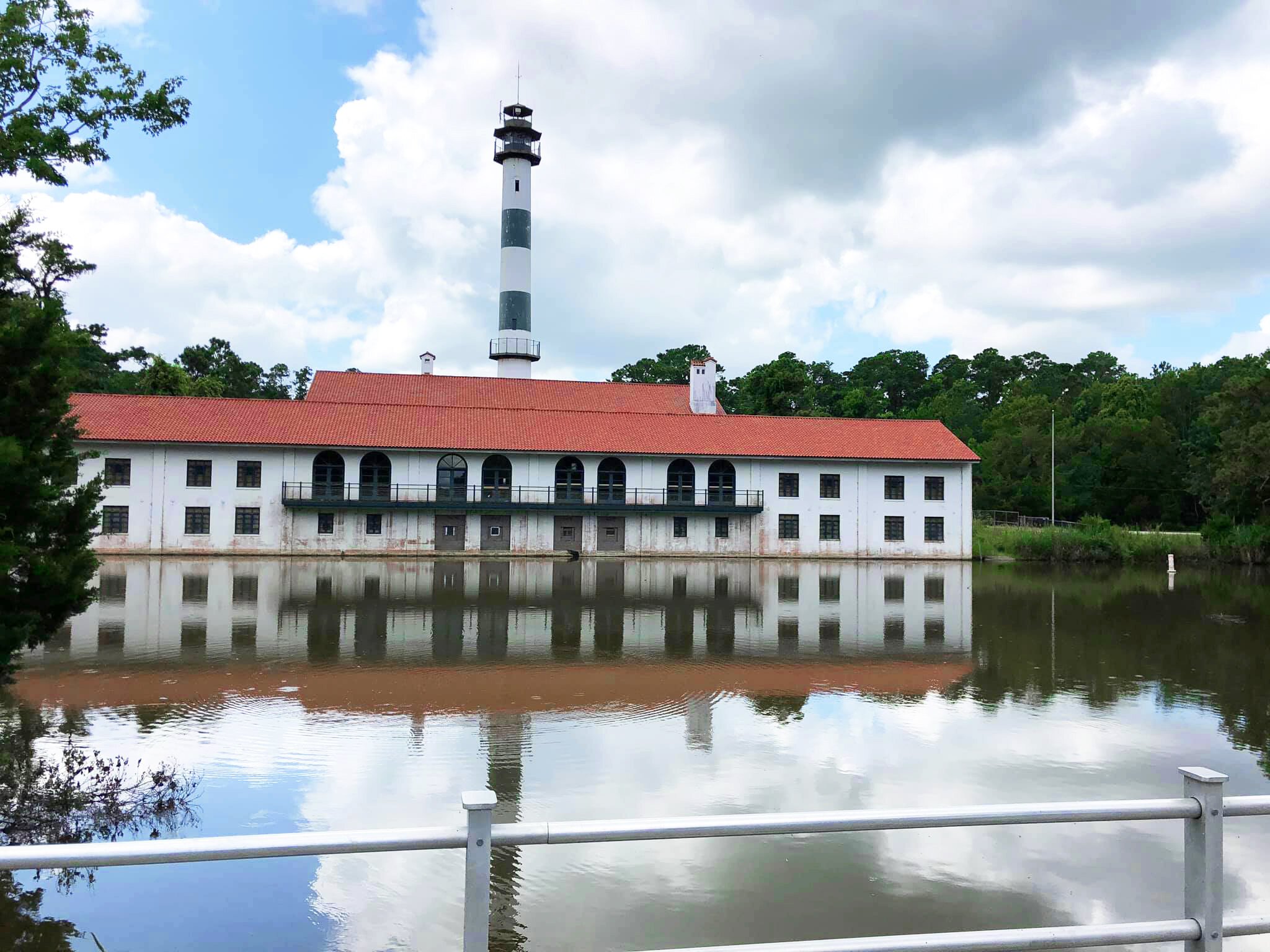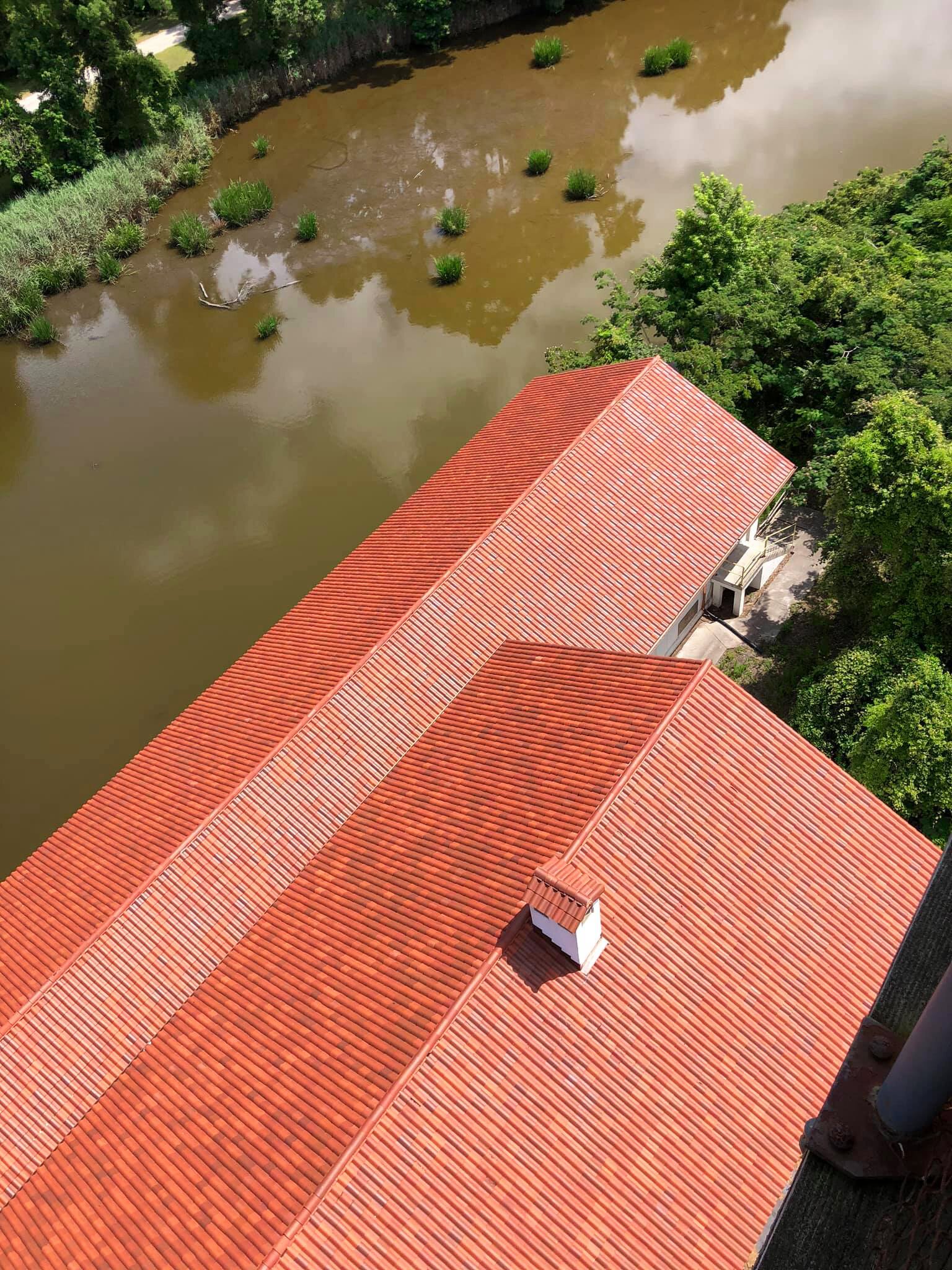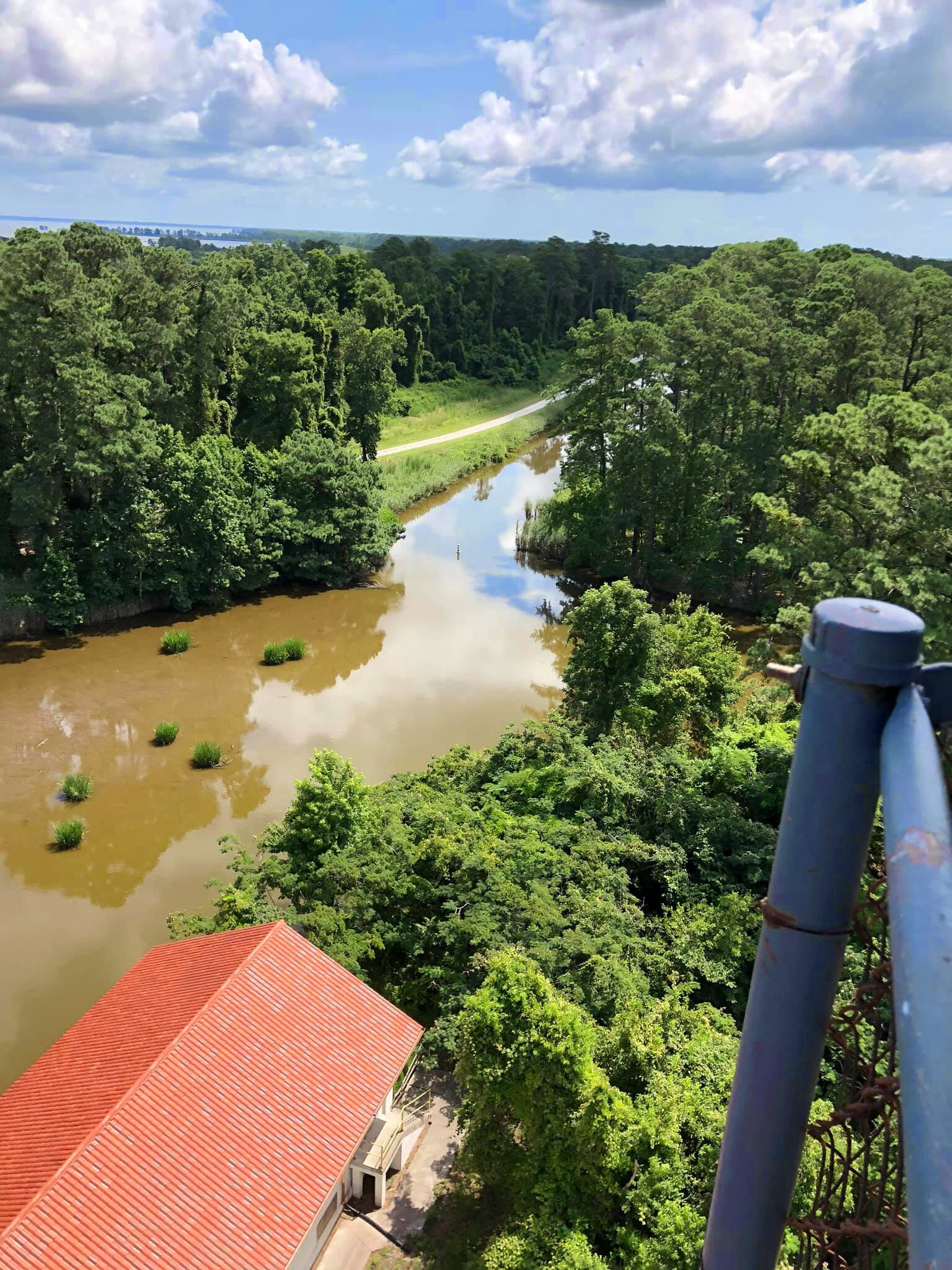Roof Restoration at The Historic Mattamuskeet Lodge
Historical Roof Restorations
Throughout our years of working in the roofing industry, some of our favorite jobs have been historical roof restorations. We love the challenge of taking old craftsmanship and either restoring or replicating the material to match the original design. The roof at The Mattamuskeet Lodge proved to be one of these projects.
History of The Lodge
The Mattamuskeet Lodge has a long history of uses that span over its lifetime of over 100 years. It was originally built in 1914 as the world’s largest pumphouse at the time. The pumphouse served to drain Lake Mattamuskeet to allow farming of the rich soil beneath. Over the next 19 years, the lake and building passed through three different owners as they each tried to make a long-term success of farming the land through numerous mechanical and funding issues. The property was eventually sold to the US Government in 1933. The Civilian Conservation Corps took over the project and turned the beautiful property into a hunting and fishing retreat. It was here in the mid-1930s when the building was first roofed with Ludowici Spanish Clay Tile. The Lodge remained a popular spot to hunt Canadian geese until it was outlawed in the 1970s. In 1980, the property was listed on the National Register of Historic Places and it remained open for weddings and other special events up until its ultimate closure in the early 2000s.
The Re-Roofing Process
Not wanting to see the building demolished after its closure, the North Carolina Wildlife Refuge began planning phases of restoration to the old building. By 2019, it was time to replace the 1930s Ludowici Clay Tile roof as it had several areas of crumbled tiles and leaks in about 40 different places.
We were very excited to be considered in the bidding process. Prior to sending in the formal bid, we did a site inspection of the roof. We were pleasantly surprised at how the clay tiles were still in very good shape despite the underlayment and framing being unstable. After submitting the new roof bid, we also submitted a formal alternate bid to salvage and reuse as much tile as possible, and were ultimately awarded the contract. Not only did reusing the tile save a lot of money, it also maximized the preservation and a bit more history of the Lodge.
In May of 2020, we arrived on site to begin the process of roof restoration. All of the tiles were carefully stacked, removed, and tested by our crew to ensure which tiles were absolutely usable. Repairs had been made in previous years from storm damage, which varied a bit in color from the original tiles. These did require the use of some additional salvaged clay tiles from the 1930s era, but they were carefully blended into the mix of tiles. The new framing and underlayment went up, followed by the Ludowici Clay Tiles.
By July, all parts of the roof restoration had been completed and the result is absolutely stunning. Although the roof is just one part of the building’s restoration, we are so honored to have a hand in helping preserve this beautiful structure, and wish it well in its next century of use.






